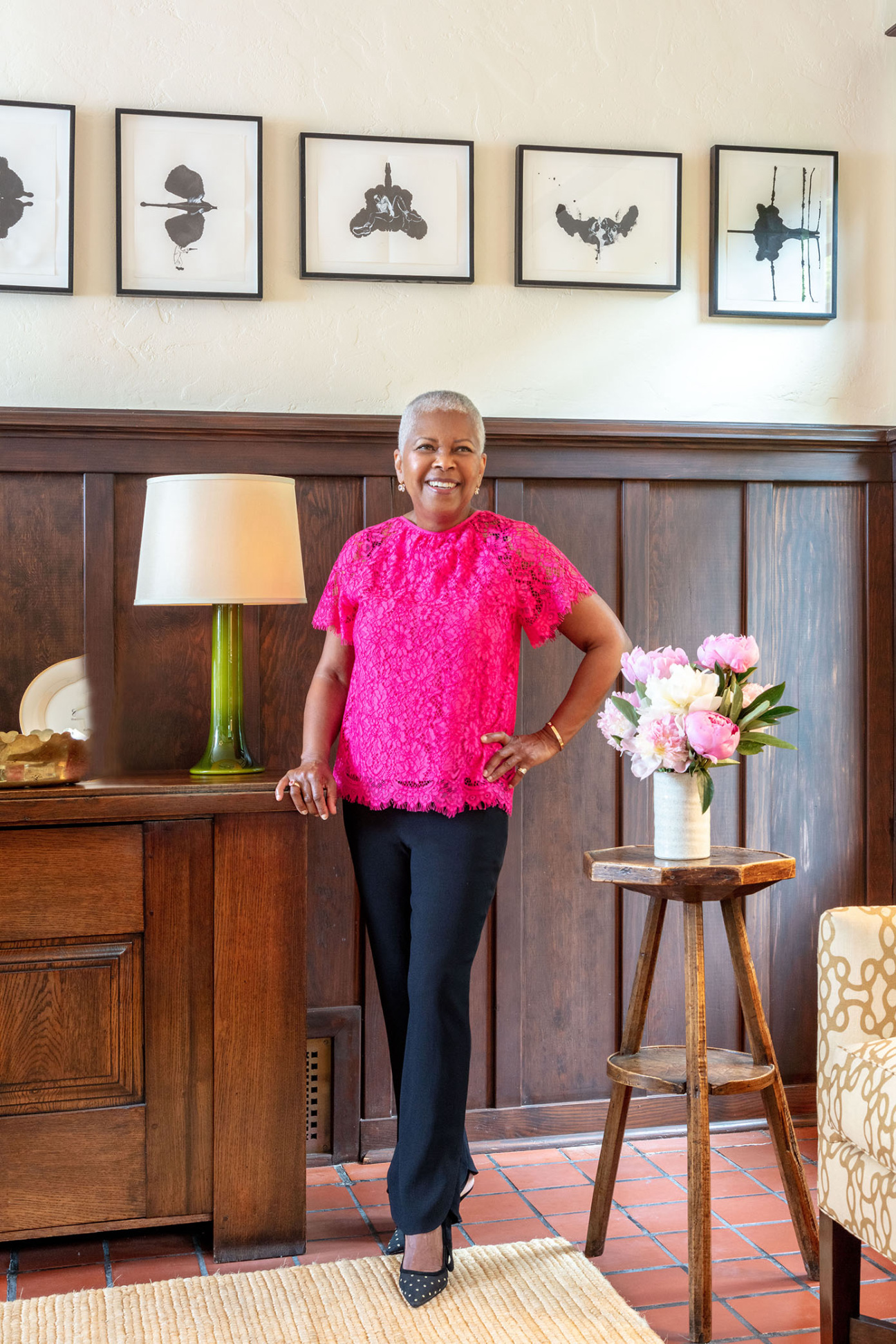
Eileen Harris Norton
Eileen Harris Norton grew up in Los Angeles’s Watts neighborhood. Then, as a public school teacher in the 1970s and ‘80s, she helped raise the next generation of the city’s natives. When much-lauded LA export Mark Bradford was just starting his career, Harris Norton became his first collector after a trip to his studio. This deep connection to the city and its people is what led the pair to found their non-profit, Art + Practice, alongside activist Allan DiCastro. Located in Leimert Park, the organization provides support to local foster children and refugee children, offering free access to contemporary art in partnership with the California African American Museum. Here, the collector shares what she’s discovered about the city after a lifetime spent walking its streets.
What do you think makes the Los Angeles art scene distinct?
Being born and raised in Los Angeles, I’ve always gravitated to collecting LA-based artists. I started collecting with my former husband in the 1980s. We lived in Venice at the time, and many artists such as Fred Eversley, Robert Graham, Chris Burden, and John Baldessari were also living there. These artists were creating work that reflected their surroundings and were distinctly “LA.” There was an “LA vibe.”
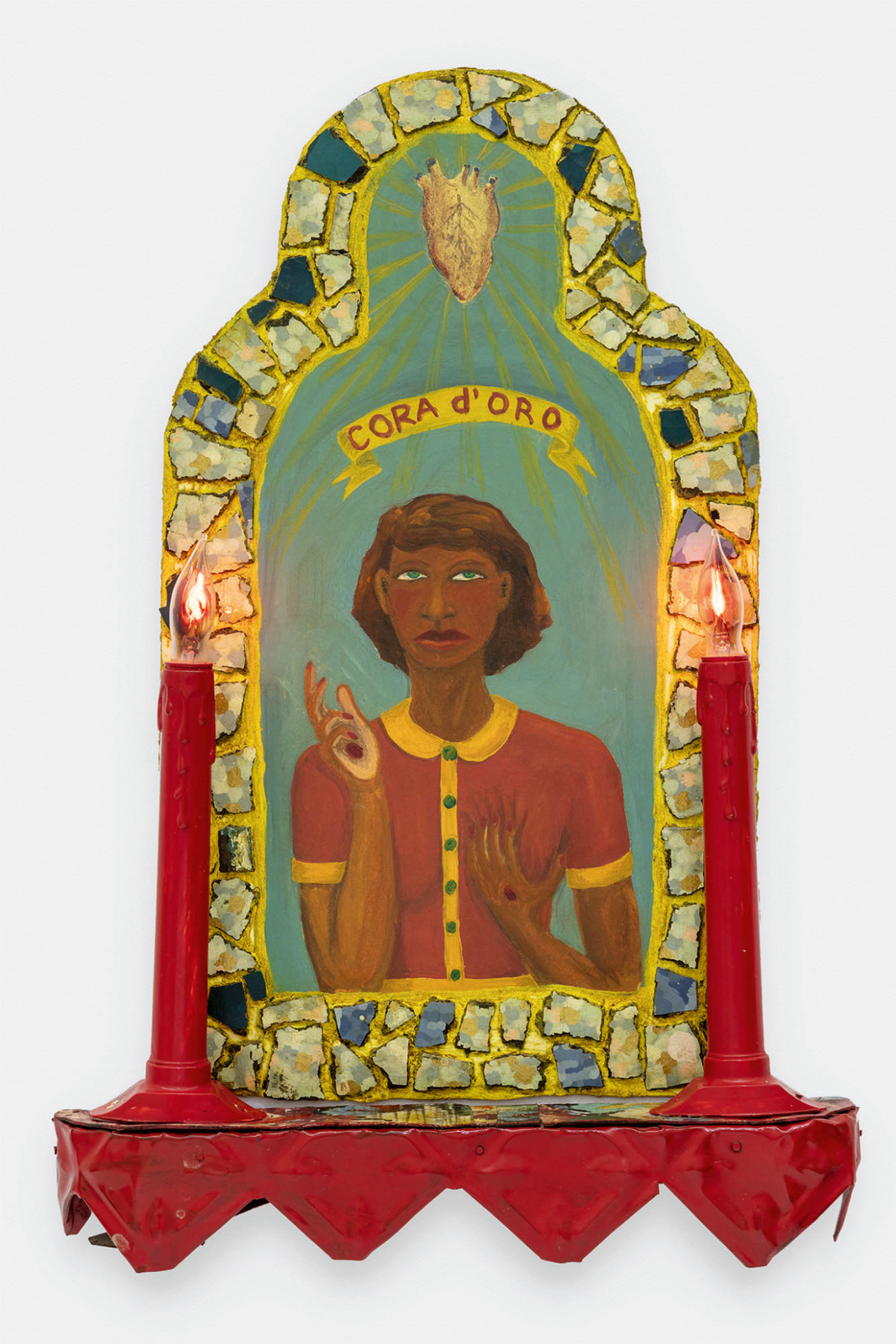
Where does the story of your personal collection begin?
I purchased my first work of art by Ruth Waddy in the late 1970s titled The Exhorters (1976). I traveled to an exhibition at the Museum of African American Art at the now Baldwin Hills Mall with my mom. We ran into Ms. Waddy, who was leading a presentation about her work. I purchased the lithograph print, and the rest is history. It was a pivotal moment for me, meeting a Black women artist and being able to support her practice.
How would you characterize your collection?
Since the beginning, I have collected LA artists, women artists, and artists of color. Many of those artists I was fortunate to meet early on in their careers—such as Kara Walker, Lorna Simpson, and Mark Bradford. I still collect those artists and consider many of them to be my friends. Recently, I have invested in works by artists who represent an early generation of artists of color, including Alma Thomas, Bob Thompson, and Frank Bowling. I credit these artists for paving the way for others and inspiring new voices.
In general, socially-minded works that speak to issues of race, gender, and justice often resonate with me. These values were ingrained in me by my mom, and later became part of my foundation’s mission. Now, as I release a catalog of my collection, All These Liberations: Women Artists in the Eileen Harris Norton Collection, I continue that work and investment by celebrating the contemporary women artists whose practices explore the ways struggles for freedom and equality are deeply intertwined.
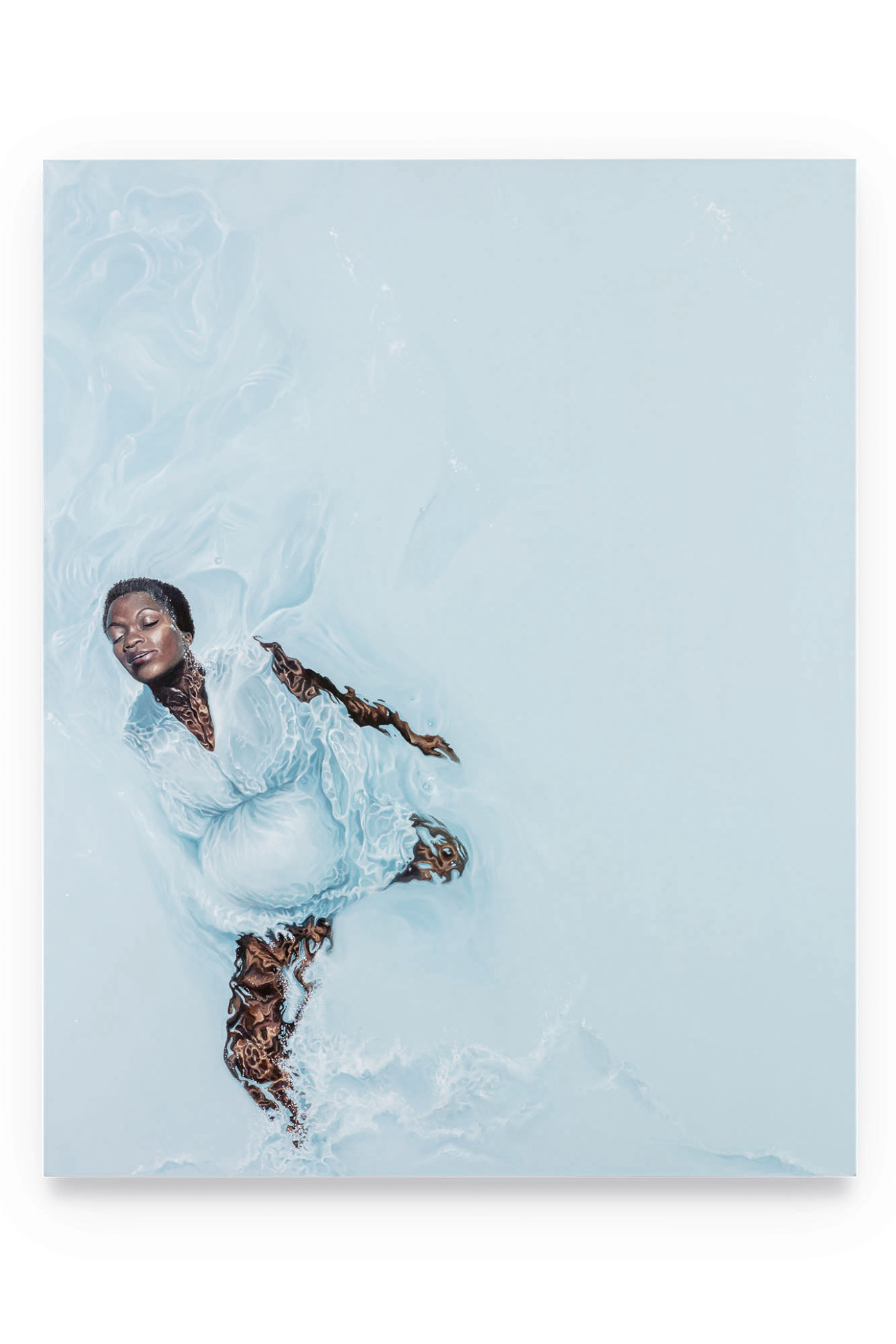
Which work or works provoke the most conversation from visitors?
David Hammons’s Rocky (1990) and Sean Shim-Boyle’s Catch a Falling Star and Put It in your Pocket (2023). [Friends] are curious about the works’ materialities—one which is a found object with hair on top. The other is a cascade of silicone stars.
Do you have any favorite artworks in your collection?
My favorite artwork is by François-Xavier Lalanne titled Moutons (1978-92). The sheep (Moutons) are installed in my garden, and have been in my collection since the late 1980s. They have a special place in my heart.
What was the most challenging piece in your personal collection to acquire?
One work that comes to mind is my David Hammons work, Bag Lady in Flight (1975-76, reconstructed 1990). The work is made from bags, hair and grease. It was originally installed in my library. Over the years, many museums have exhibited the work. It is a tricky piece to maintain, but it's an incredibly important work by Hammons.

Kai Loebach
Chef and entrepreneur Kai Loebach has called Los Angeles home for nearly 38 years; he’s collected art for almost as many. The German transplant and founder of boutique Kai’s Catering + Events draws inspiration from his environment, often creating seasonally inspired menus for his clients. When he’s not serving dishes to the likes of Mick Jagger, Patti LaBelle, or Will Smith and Jada Pinkett, he turns to the expansion of his quickly growing collection. The myriad frames dominate his walls, occasionally spilling out onto other available surfaces. For Loebach, LA remains a place of discovery, even all these years later.
What do you think makes the Los Angeles art scene distinct?
Los Angeles is renowned as the cultural heartbeat of the West Coast, where the allure of Hollywood converges with a vibrant and influential art scene. From its glittering skyline to its sun-kissed shores, the city beckons creatives from across the globe. Within this dynamic landscape, a tapestry of superior art collections adorns the walls of galleries and private residences, transforming Los Angeles into a haven for both established and emerging artists, as well as discerning art enthusiasts.
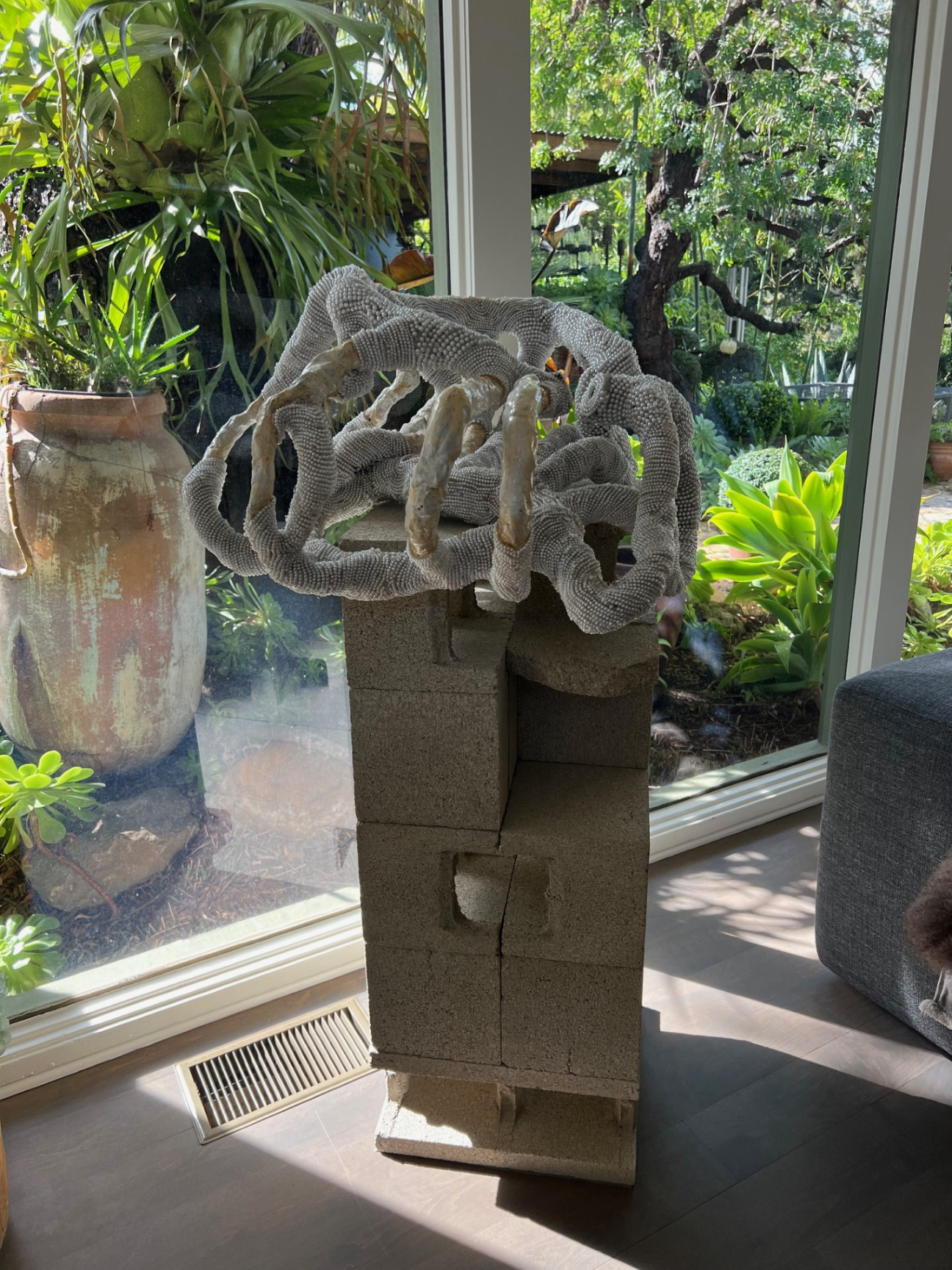
Where does the story of your personal collection begin?
My journey into the world of art began decades ago when I made the transatlantic leap from Germany to the United States at the age of 21. My first purchased pieces of art were two captivating oil paintings by a German artist [Otto Friedrich Weber] that I bought at an estate sale. It was love at first sight. Unable to shake their hold on my thoughts, I returned the following day to claim them as my own, unwittingly setting the stage for what would become a lifelong passion for art collecting.
Which work or works provokes the most conversation from visitors?
The fact that I have a beautiful Gabriel Orozco and a sculpture by Victoria May in the shower usually provokes a good conversation.
Are you attending Frieze? If so, what are you most looking forward to seeing?
The arrival of Frieze Los Angeles, the pinnacle of art fairs, fills me with anticipation and excitement. I always clear my palate before entering an art fair. While some may lament the display of previously sold works, for me, the allure lies in the opportunity to discover new gems amidst the bustling crowds.
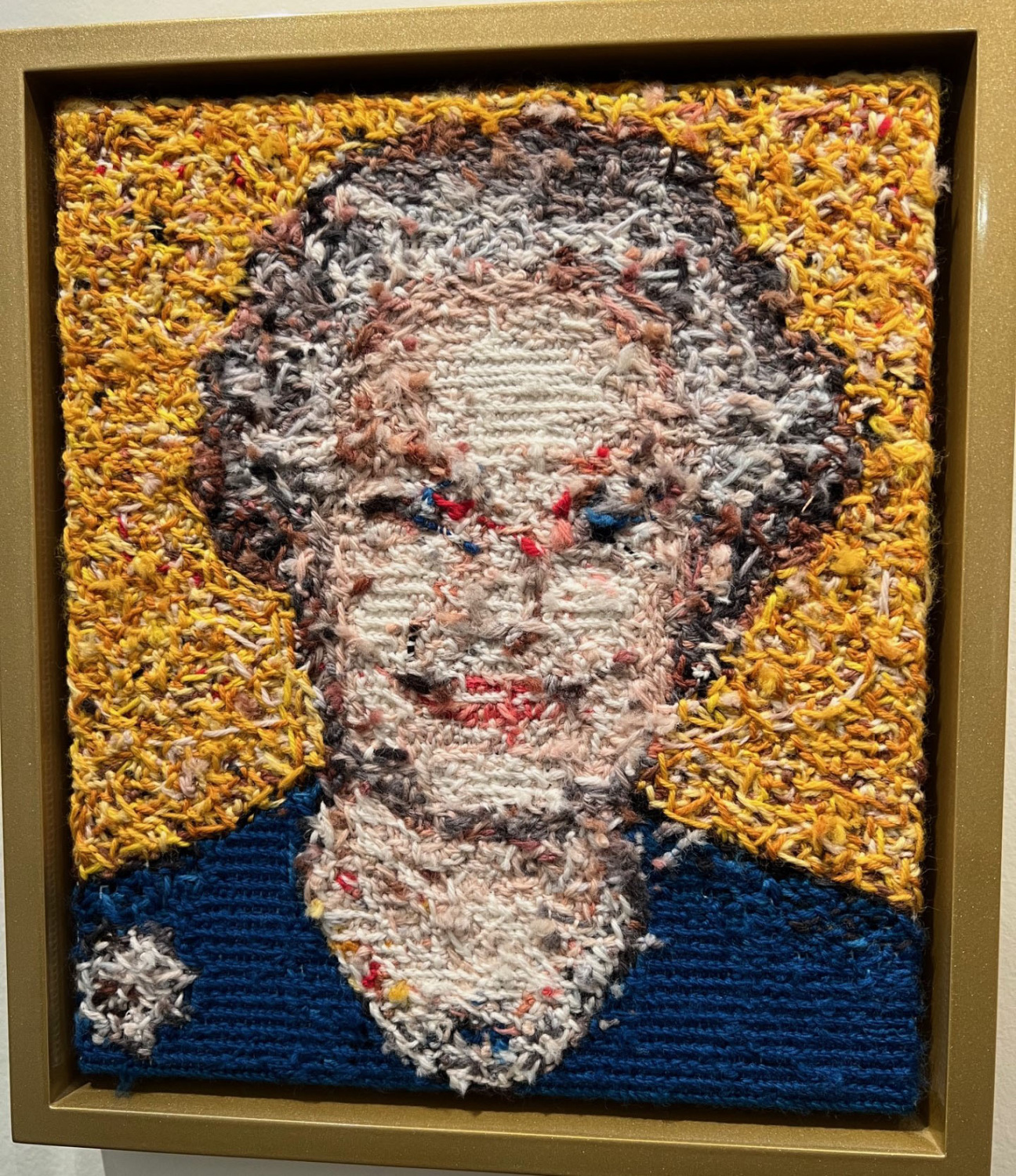
Which artist are you currently most excited about and why?
I love to discover a young new artist; there is something about their energy that makes it a pleasure to find them. Roksana Pirusmand is one of those young, energetic artists. I was fortunate enough to acquire a few of her works while I could still afford them. Another one is Claire Chambless. I am very much taken by her work. Despite my best intentions to resist expanding my collection, the siren call of a captivating piece often proves irresistible.
What was the most challenging piece in your personal collection to acquire?
Two large Federico Herrero paintings, which I never measured upon purchase. There isn’t a wall in our house that’s big enough. Luckily, they went on to three museums on loan. The second piece is a sculpture I bought from Ishmael Randall Weeks. The gallerist told me the weight was 160 kilo, but it was 650 kilo and I wasn’t able to hang the piece on the wall without retrofitting our house. It’s still in storage.
Is there one piece that got away, or that you still think about?
A Mark Bradford piece I was offered about 20 years ago, which I didn’t buy. But I am still friends with Mark, and that may be worth more than the painting.










 in your life?
in your life?

